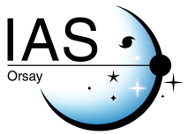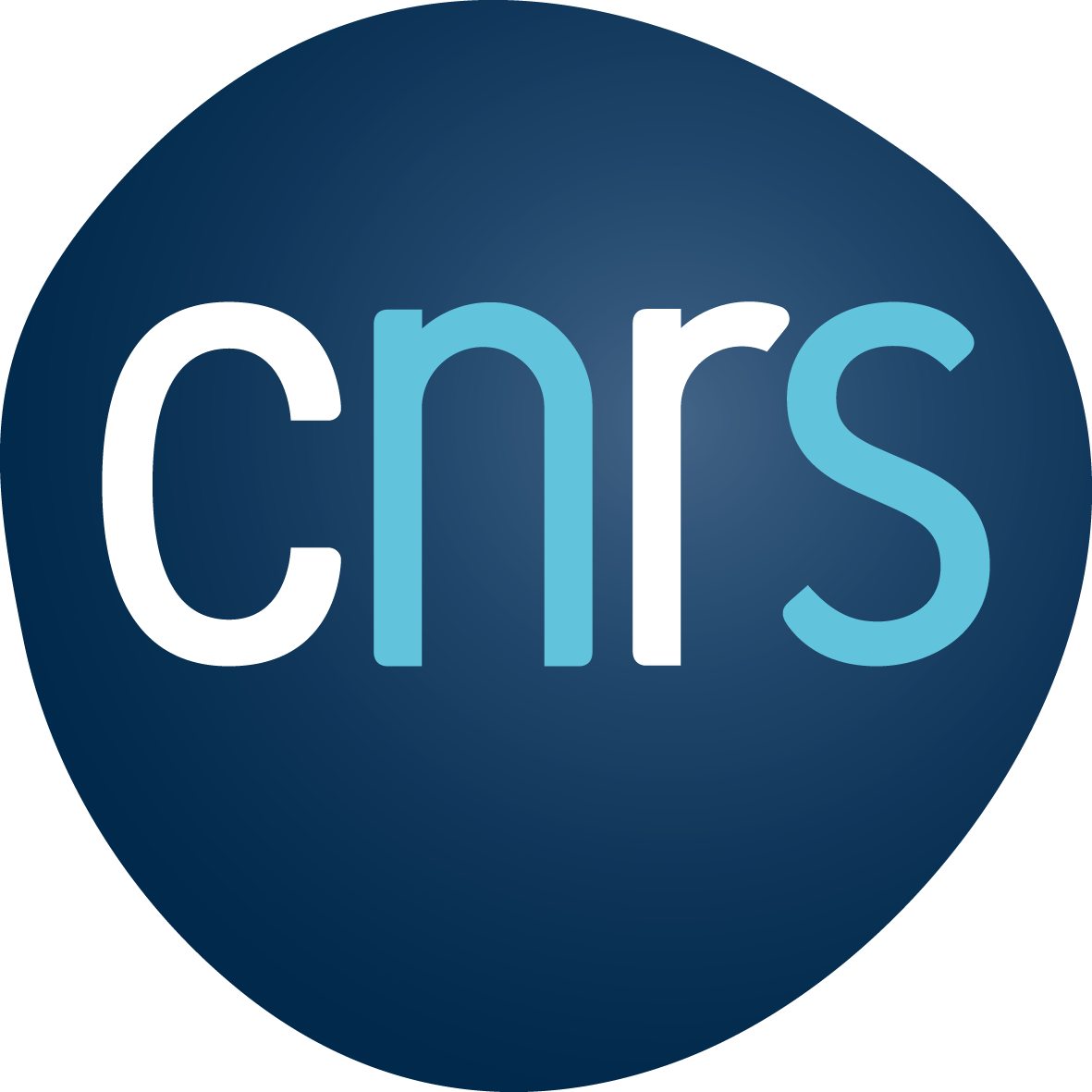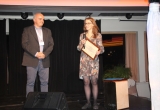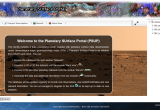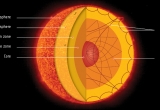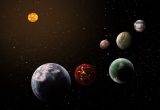The European Solar Physics Division Prize Committee has awarded its 2017 PhD Thesis Prize to Clara Froment, in recognition of her Thesis on the coronal heating problem and study of the physical nature of long-period pulsations in coronal loops, which was undertaken at the IAS. The ceremony took place during the 15th European Solar Physics Meeting in Budapest on September 7, 2017.
Latest News
8 years 2 months ago
8 years 2 months ago
The enormous quantity and complexity of planetary data acquired by spacecraft during the last two decades has created a demand within the planetary community for access to the raw and high level data archives and to the tools necessary to analyze these data. The number and the size of the datasets are so large that an information system to process, manage and distribute data is critical. In this framework, the Observatories of Paris Sud (OSUPS) and Lyon (OSUL) have recently developed a portal, called PSUP (Planetary SUrface Portal), to provide users with efficient and easy access to these data products.
8 years 3 months ago
Former Ph.D. candidate at IAS, Jean-Baptiste Durrive has been selected as a Springer Thesis Award recipient for his doctoral thesis, defended the 13 October 2016. His manuscript, Baryonic Processes in the Large-Scale Structuring of the Universe, concerns two fundamental aspects of the evolution of the intergalactic gas, from the Epoch of Reionization until the present day Universe: the emergence of magnetic fields on cosmological scales, and the fragmentation of matter in the sheets and filaments of the cosmic web. His thesis has just been published in the Springer Theses collection. Congratulations Jean-Baptiste!
8 years 3 months ago
Scientists using data from the GOLF instrument onboard the ESA/NASA SOHO solar observatory have found long-sought gravity modes of seismic vibration that imply the Sun's core is rotating four times faster than its surface. IAS is Principal Investigator of the GOLF instrument and has participated to this study.
8 years 5 months ago
PLATO - Planetary Transits and Oscillations of stars - was adopted during a meeting of ESA’s Science Programme Committee held on June 20, 2017. This means that the mission can now move from the blueprint to construction stage. In the coming months industry will be asked to bid to supply the spacecraft platform.
